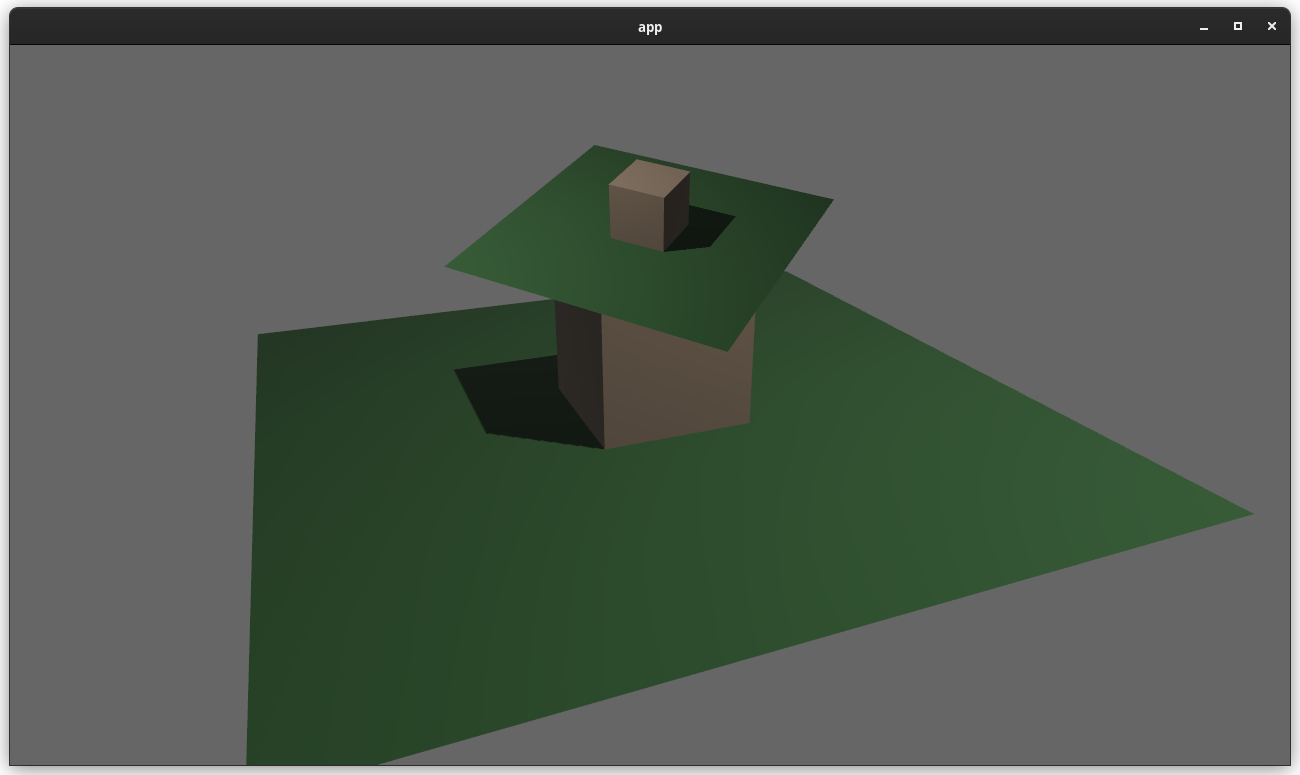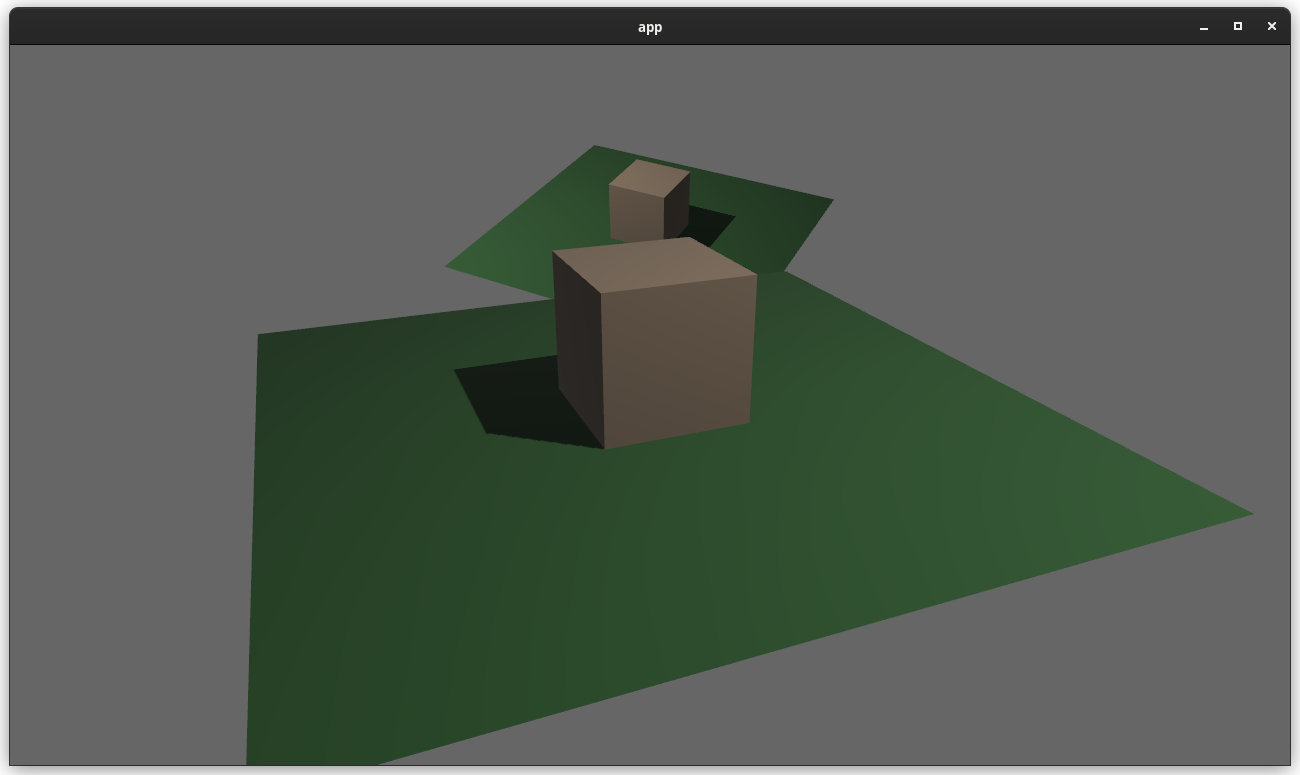# Objective
Now that we can consolidate Bundles and Components under a single insert (thanks to #2975 and #6039), almost 100% of world spawns now look like `world.spawn().insert((Some, Tuple, Here))`. Spawning an entity without any components is an extremely uncommon pattern, so it makes sense to give spawn the "first class" ergonomic api. This consolidated api should be made consistent across all spawn apis (such as World and Commands).
## Solution
All `spawn` apis (`World::spawn`, `Commands:;spawn`, `ChildBuilder::spawn`, and `WorldChildBuilder::spawn`) now accept a bundle as input:
```rust
// before:
commands
.spawn()
.insert((A, B, C));
world
.spawn()
.insert((A, B, C);
// after
commands.spawn((A, B, C));
world.spawn((A, B, C));
```
All existing instances of `spawn_bundle` have been deprecated in favor of the new `spawn` api. A new `spawn_empty` has been added, replacing the old `spawn` api.
By allowing `world.spawn(some_bundle)` to replace `world.spawn().insert(some_bundle)`, this opened the door to removing the initial entity allocation in the "empty" archetype / table done in `spawn()` (and subsequent move to the actual archetype in `.insert(some_bundle)`).
This improves spawn performance by over 10%:

To take this measurement, I added a new `world_spawn` benchmark.
Unfortunately, optimizing `Commands::spawn` is slightly less trivial, as Commands expose the Entity id of spawned entities prior to actually spawning. Doing the optimization would (naively) require assurances that the `spawn(some_bundle)` command is applied before all other commands involving the entity (which would not necessarily be true, if memory serves). Optimizing `Commands::spawn` this way does feel possible, but it will require careful thought (and maybe some additional checks), which deserves its own PR. For now, it has the same performance characteristics of the current `Commands::spawn_bundle` on main.
**Note that 99% of this PR is simple renames and refactors. The only code that needs careful scrutiny is the new `World::spawn()` impl, which is relatively straightforward, but it has some new unsafe code (which re-uses battle tested BundlerSpawner code path).**
---
## Changelog
- All `spawn` apis (`World::spawn`, `Commands:;spawn`, `ChildBuilder::spawn`, and `WorldChildBuilder::spawn`) now accept a bundle as input
- All instances of `spawn_bundle` have been deprecated in favor of the new `spawn` api
- World and Commands now have `spawn_empty()`, which is equivalent to the old `spawn()` behavior.
## Migration Guide
```rust
// Old (0.8):
commands
.spawn()
.insert_bundle((A, B, C));
// New (0.9)
commands.spawn((A, B, C));
// Old (0.8):
commands.spawn_bundle((A, B, C));
// New (0.9)
commands.spawn((A, B, C));
// Old (0.8):
let entity = commands.spawn().id();
// New (0.9)
let entity = commands.spawn_empty().id();
// Old (0.8)
let entity = world.spawn().id();
// New (0.9)
let entity = world.spawn_empty();
```
# Objective
`AssetServer::watch_for_changes()` is racy and redundant with `AssetServerSettings`.
Closes#5964.
## Changelog
* Remove `AssetServer::watch_for_changes()`
* Add `AssetServerSettings` to the prelude.
* Minor cleanup.
## Migration Guide
`AssetServer::watch_for_changes()` was removed.
Instead, use the `AssetServerSettings` resource.
```rust
app // AssetServerSettings must be inserted before adding the AssetPlugin or DefaultPlugins.
.insert_resource(AssetServerSettings {
watch_for_changes: true,
..default()
})
```
Co-authored-by: devil-ira <justthecooldude@gmail.com>
Port changes made to Material in #5053 to Material2d as well.
This is more or less an exact copy of the implementation in bevy_pbr; I
simply pretended the API existed, then copied stuff over until it
started building and the shapes example was working again.
# Objective
The changes in #5053 makes it possible to add custom materials with a lot less boiler plate. However, the implementation isn't shared with Material 2d as it's a kind of fork of the bevy_pbr version. It should be possible to use AsBindGroup on the 2d version as well.
## Solution
This makes the same kind of changes in Material2d in bevy_sprite.
This makes the following work:
```rust
//! Draws a circular purple bevy in the middle of the screen using a custom shader
use bevy::{
prelude::*,
reflect::TypeUuid,
render::render_resource::{AsBindGroup, ShaderRef},
sprite::{Material2d, Material2dPlugin, MaterialMesh2dBundle},
};
fn main() {
App::new()
.add_plugins(DefaultPlugins)
.add_plugin(Material2dPlugin::<CustomMaterial>::default())
.add_startup_system(setup)
.run();
}
/// set up a simple 2D scene
fn setup(
mut commands: Commands,
mut meshes: ResMut<Assets<Mesh>>,
mut materials: ResMut<Assets<CustomMaterial>>,
asset_server: Res<AssetServer>,
) {
commands.spawn_bundle(MaterialMesh2dBundle {
mesh: meshes.add(shape::Circle::new(50.).into()).into(),
material: materials.add(CustomMaterial {
color: Color::PURPLE,
color_texture: Some(asset_server.load("branding/icon.png")),
}),
transform: Transform::from_translation(Vec3::new(-100., 0., 0.)),
..default()
});
commands.spawn_bundle(Camera2dBundle::default());
}
/// The Material2d trait is very configurable, but comes with sensible defaults for all methods.
/// You only need to implement functions for features that need non-default behavior. See the Material api docs for details!
impl Material2d for CustomMaterial {
fn fragment_shader() -> ShaderRef {
"shaders/custom_material.wgsl".into()
}
}
// This is the struct that will be passed to your shader
#[derive(AsBindGroup, TypeUuid, Debug, Clone)]
#[uuid = "f690fdae-d598-45ab-8225-97e2a3f056e0"]
pub struct CustomMaterial {
#[uniform(0)]
color: Color,
#[texture(1)]
#[sampler(2)]
color_texture: Option<Handle<Image>>,
}
```
Remove unnecessary calls to `iter()`/`iter_mut()`.
Mainly updates the use of queries in our code, docs, and examples.
```rust
// From
for _ in list.iter() {
for _ in list.iter_mut() {
// To
for _ in &list {
for _ in &mut list {
```
We already enable the pedantic lint [clippy::explicit_iter_loop](https://rust-lang.github.io/rust-clippy/stable/) inside of Bevy. However, this only warns for a few known types from the standard library.
## Note for reviewers
As you can see the additions and deletions are exactly equal.
Maybe give it a quick skim to check I didn't sneak in a crypto miner, but you don't have to torture yourself by reading every line.
I already experienced enough pain making this PR :)
Co-authored-by: devil-ira <justthecooldude@gmail.com>
# Objective
Users often ask for help with rotations as they struggle with `Quat`s.
`Quat` is rather complex and has a ton of verbose methods.
## Solution
Add rotation helper methods to `Transform`.
Co-authored-by: devil-ira <justthecooldude@gmail.com>
# Objective
Users should be able to configure depth load operations on cameras. Currently every camera clears depth when it is rendered. But sometimes later passes need to rely on depth from previous passes.
## Solution
This adds the `Camera3d::depth_load_op` field with a new `Camera3dDepthLoadOp` value. This is a custom type because Camera3d uses "reverse-z depth" and this helps us record and document that in a discoverable way. It also gives us more control over reflection + other trait impls, whereas `LoadOp` is owned by the `wgpu` crate.
```rust
commands.spawn_bundle(Camera3dBundle {
camera_3d: Camera3d {
depth_load_op: Camera3dDepthLoadOp::Load,
..default()
},
..default()
});
```
### two_passes example with the "second pass" camera configured to the default (clear depth to 0.0)

### two_passes example with the "second pass" camera configured to "load" the depth

---
## Changelog
### Added
* `Camera3d` now has a `depth_load_op` field, which can configure the Camera's main 3d pass depth loading behavior.
# Objective
- Add an example showing a custom post processing effect, done after the first rendering pass.
## Solution
- A simple post processing "chromatic aberration" effect. I mixed together examples `3d/render_to_texture`, and `shader/shader_material_screenspace_texture`
- Reading a bit how https://github.com/bevyengine/bevy/pull/3430 was done gave me pointers to apply the main pass to the 2d render rather than using a 3d quad.
This work might be or not be relevant to https://github.com/bevyengine/bevy/issues/2724
<details>
<summary> ⚠️ Click for a video of the render ⚠️ I’ve been told it might hurt the eyes 👀 , maybe we should choose another effect just in case ?</summary>
https://user-images.githubusercontent.com/2290685/169138830-a6dc8a9f-8798-44b9-8d9e-449e60614916.mp4
</details>
# Request for feedbacks
- [ ] Is chromatic aberration effect ok ? (Correct term, not a danger for the eyes ?) I'm open to suggestion to make something different.
- [ ] Is the code idiomatic ? I preferred a "main camera -> **new camera with post processing applied to a quad**" approach to emulate minimum modification to existing code wanting to add global post processing.
---
## Changelog
- Add a full screen post processing shader example